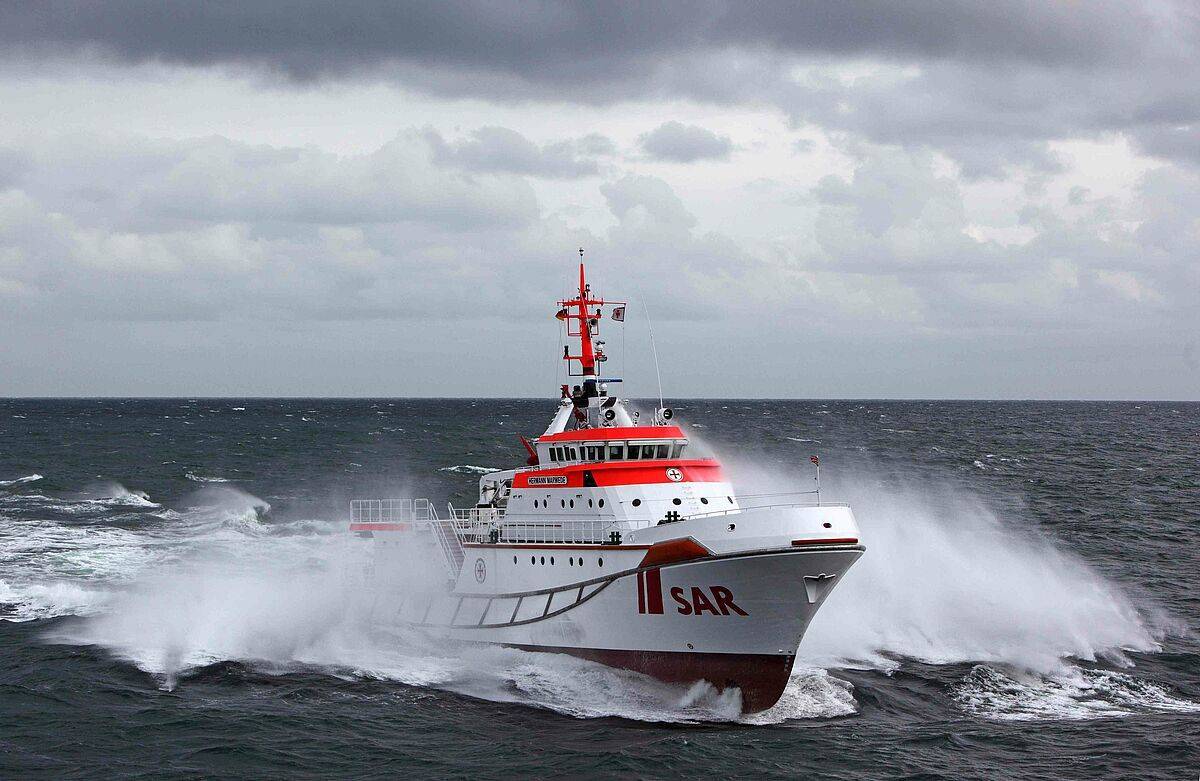North Sea Ship Collision Threatens Marine Life With Devastating Consequences, Expert Warns
The North Sea has witnessed a growing number of ship collisions in recent years, resulting in devastating consequences for the marine ecosystem. The alarming rate of ship collisions has raised concerns among marine experts, who warn that the effects of such incidents can be long-lasting and far-reaching. In this article, we will delve into the impact of ship collisions on marine life, the causes behind these incidents, and the measures being taken to mitigate the risks.
The North Sea, a vital region for marine life, is home to a diverse array of species, including fish, birds, and mammals. The region's ecosystem is delicate and interconnected, with each species playing a crucial role in maintaining the balance of the environment. Ship collisions, however, can have a profound impact on this balance, leading to the destruction of habitats, disruption of food chains, and even the extinction of entire species.
Some of the most notable examples of ship collisions in the North Sea include the Maersk Symphony, the Clipper Millennium, and the Elbe, which have all resulted in significant damage to the marine environment. These incidents have highlighted the need for greater vigilance and safety measures to prevent such collisions from occurring in the future.
Causes of Ship Collisions
Ship collisions can occur due to a variety of factors, including poor navigation, excessive speed, and inadequate communication between vessels. According to the International Maritime Organization (IMO), the most common causes of ship collisions include:
- Human error
- Insufficient crew training
- Inadequate safety equipment
- Excessive speed
- Poor visibility
In the case of the Maersk Symphony, the ship was traveling at a speed of over 25 knots in a busy shipping lane, despite warnings from nearby vessels of reduced visibility. This tragic incident highlights the importance of adhering to safety protocols and exercising caution when navigating through congested waters.
Environmental Impact
The environmental impact of ship collisions can be devastating, with the potential to cause long-lasting damage to marine habitats and ecosystems. Some of the effects of ship collisions include:
- Oil spills and chemical leaks
- Damage to habitats and ecosystems
- Disruption of food chains and habitats for marine life
- Increased risk of marine pollution
- Potential extinction of entire species
In the case of the Elbe, the ship was carrying a cargo of oil, which spilled into the water after the collision. The resulting oil spill had a significant impact on the marine ecosystem, with many species affected by the pollution.
Consequences for Marine Life
Ship collisions can have a profound impact on marine life, with many species affected by the destruction of habitats and disruption of food chains. Some of the consequences for marine life include:
- Habitat destruction and degradation
- Disruption of food chains and habitats for marine life
- Increased risk of extinction for vulnerable species
- Damage to coral reefs and other sensitive ecosystems
- Increased risk of disease and parasites among marine animals
The Maersk Symphony, for example, resulted in significant damage to the seafloor, including the destruction of habitats and ecosystems. This has had a lasting impact on the marine ecosystem, with many species still recovering from the effects of the collision.
Measures to Mitigate the Risks
Several measures are being taken to mitigate the risks associated with ship collisions, including:
- Improved safety protocols and regulations
- Increased emphasis on crew training and safety equipment
- Enhanced navigation systems and technology
- Improved communication between vessels
- Increased surveillance and monitoring of shipping lanes
In addition, many organizations and governments are working together to develop new safety standards and guidelines for shipping companies, with the aim of reducing the risk of ship collisions and minimizing the environmental impact of such incidents.
Industry Response
The shipping industry has responded to the growing concern about ship collisions by implementing new safety measures and regulations. Some of the measures being taken include:
- Improved crew training and safety equipment
- Enhanced navigation systems and technology
- Increased emphasis on communication between vessels
- Improved surveillance and monitoring of shipping lanes
- Development of new safety standards and guidelines
For example, the IMO has implemented new regulations requiring ships to carry safety equipment, such as life-saving appliances and emergency beacons, in addition to improved navigation systems and communication protocols.
Examples of Industry Innovation
Several companies are leading the way in industry innovation, developing new technologies and safety measures to mitigate the risks associated with ship collisions. Some examples include:
- Automated identification systems (AIS) for improved navigation and communication
- Advanced sensors and monitoring systems for real-time tracking and surveillance
- Improved safety equipment, such as life-saving appliances and emergency beacons
- Enhanced crew training programs and safety protocols
These innovations have the potential to significantly reduce the risk of ship collisions and minimize the environmental impact of such incidents.
Conclusion
Ship collisions in the North Sea pose a significant threat to marine life, with devastating consequences for the ecosystem. The causes of these incidents are complex and multifaceted, involving a range of factors, including human error, inadequate safety equipment, and excessive speed. However, by implementing new safety measures and regulations, and investing in industry innovation, we can reduce the risk of ship collisions and mitigate the environmental impact of such incidents.
As we move forward, it is essential that we prioritize marine conservation and sustainability, working to protect the delicate balance of the North Sea ecosystem. By doing so, we can ensure the long-term health and prosperity of marine life, and preserve the natural beauty and biodiversity of this vital region.
Stay tuned for more updates on this developing story.
Mara Corday
How Muchoesabrina Carpenter Weigh
Is Justin Bieberead
Article Recommendations
- Sophie Rain
- Kaitlyn Kremsd
- Understandable Have A Niceay
- How Tall Is Brad Pitt
- Eylon Levy Partner
- Tim Pool Wife
- Abby Phillip Net Worth
- Kaitlan Collins
- Jack Mcbrayer
- Mmashare



